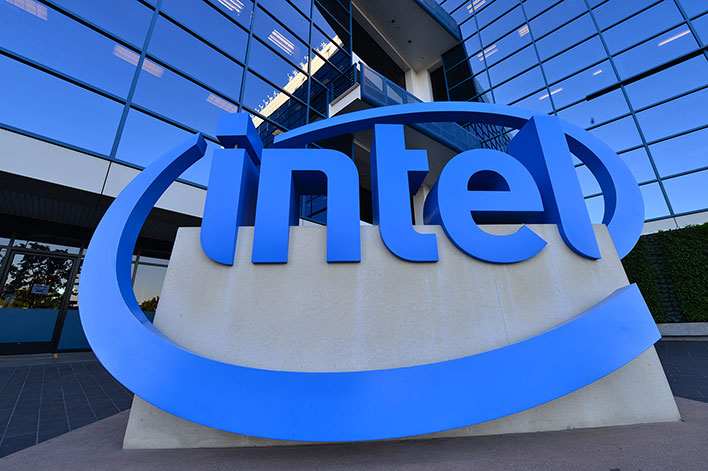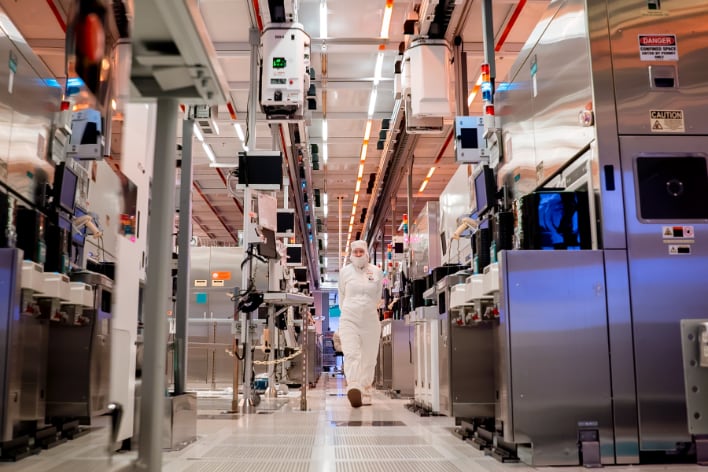Intel Considering Acquisition Of RISC-V Open Source Chip Startup SiFive For $2 Billion

In what could be a major move in the chip industry, Intel is said to have offered somewhere north of $2 billion to acquire SiFive, a semiconductor design startup specializing in the open source RISC-V architecture. It would be a huge investment, though comparatively dwarfed by NVIDIA's $40 bid to buy Arm, which is currently in the process of seeking regulatory approvals.
The two potential moves would be related, in a sense. Should NVIDIA's deal go through, it could shake up the tech industry in a big way. Arm's designs are found all over the place, from smartphones and tablets, to wireless routers and a mountain of smart devices. Chances are you own at least one, and more likely several gadgets that are based on Arm designs.
Therein lies the market opportunity for Intel to branch out more broadly into RISC/RISC-V territory. Intel's bread and butter is obviously its x86 portfolio, but there is a giant question mark as to what will happen if and probably when NVIDIA owns Arm (NVIDIA CEO Jensen Huang is confident the deal will close by 2022). Depending on how things play out, the acquisition could push some firms to seek partnerships elsewhere, like SiFive.
It all depends on how collaboratively NVIDIA will continue to work with Arm's existing customers. Either way, though, Intel making a $2 billion play into RISC-V territory is not a terrible idea. What's the difference between x86 and RISC? Well, x86 is a complex instruction set (CISC) that can do a lot with a single instruction cycle, where as RISC, or reduced instruction set, handles fewer instructions, making it a good choice for mobile devices and the Internet of Things (IoT) sector.
That's an overly simplified explanation, but the takeaway is that RISC-V opens up an extended market for Intel. Arm's IP is also based on RISC, but it is proprietary, whereas RISC-V is open source. You can sort of think it like like G-Sync (proprietary) versus FreeSync (open source).

It's worth noting that Intel CEO Pat Gelsinger recently outlined a broad plan restore Intel's semiconductor leadership, after having yielded a bit to rival AMD. Part of that plan is to court new customers for its foundry services, setting aside capacity to in the US and Europe to manufacture chips employing various architectures, including x86, Arm, and RISC-V.
Will a deal actually happen? People who are supposedly familiar with the matter say Intel offered more than $2 billion to acquire SiFive, but that a deal is not imminent. Apparently SiFive is discussing with advisors about how to handle the offer, and what other options might make sense, like accepting an investment offer instead.
Intel's bid does seem generous, though, and is likely tempting. SiFive was last valued at $500 million, based on funds it raised last year. Intel's reported offer is more than quadruple that amount, which underscores the potential the chip maker sees in RISC-V.

